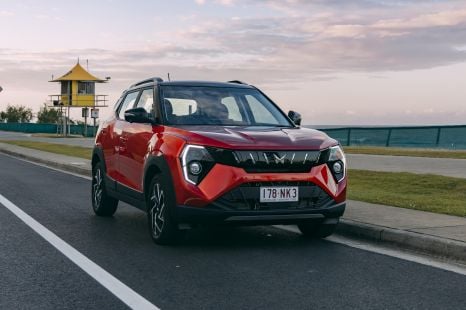

Damion Smy
5 Days Ago
The US crash tester IIHS ratchets up its side-impact tests with a bigger and faster barrier, and most popular SUVs bar the Mazda CX-5 see their former ratings tumble.

Senior Contributor
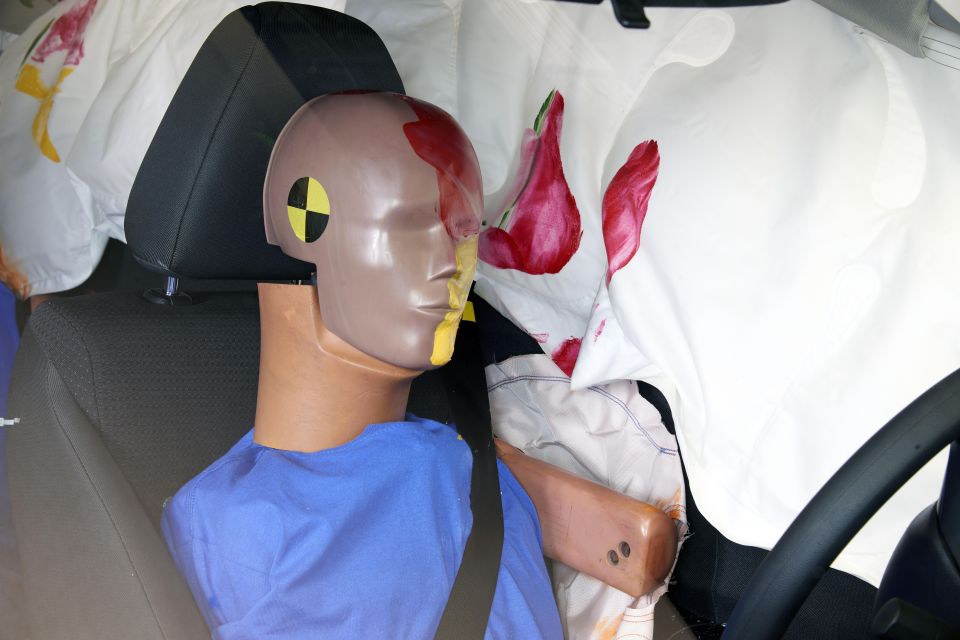

Senior Contributor
The Insurance Institute for Highway Safety (IIHS), North America’s highest-profile crash-tester, has introduced harder side impact tests designed to better reflect the real world – and just one of 20 popular small and medium SUVs tested passed with full marks.
From this list of 2021 model-year cars, 13 of the 20 are also sold in Australia – though in the majority of cases our right-hand drive versions have different specs and are made in different plants. Therefore this is an insight only.
For reference we’ve included Australian ANCAP scores (often tied to European NCAP ratings) for each, which in many cases are now a few years old and not against the latest test protocols designed to become harder over time.

Only the North American-market Mazda CX-5 got the ‘good’ rating, with a further nine other well-known SUVs deemed to at least be ’acceptable’. Against new testing a further eight were dubbed ’marginal’, and two marked down as ‘poor’.
Fascinatingly, all 20 managed the ‘good’ rating against the IIHS’s previous side-impact test metrics.
In other words, the IIHS says this indicates car manufacturers are building cars to pass tests, which then tend to perform less well when that test is ratcheted up. Side impacts accounted for 23 per cent of car crash fatalities in the US in 2019, it added.

For more evidence, the IIHS says when the former (and original) side test was introduced in 2003 only about one-in-five models earned the ‘good’ rating that became ubiquitous.
“Obviously, these results aren’t great, but they’re in line with what we expected when we adopted this more stringent test,” says IIHS Senior Research Engineer Becky Mueller, whose research apparently formed the foundation for the new test protocol.
The new ratings, says IIHS, highlight a range of performance among vehicles that were instead “built to excel in an earlier version of the side test”, which used a lighter barrier (1500kg then versus 1900kg now) travelling at a lower striking speed (50km/h then versus 60km/h now).
Together, those two changes mean the new test involves 82 percent more impact energy. The honeycomb striking surface of the new barrier also has a different design that acts more like a real SUV or pickup when it hits another vehicle.
In latest ANCAP testing by contrast, a 1400kg barrier impacts the driver’s side at 60km/h, and the barrier has a crushable aluminium face to simulate a vehicle. Before 2020 the barrier was 1300kg and smashed the car at 50km/h.
Like the original test, the updated side rating is based on how well the occupant structure holds its shape during the crash, injury measures collected from dummies positioned in the driver seat and the rear seat behind the driver, and a supplemental measure of how well the airbags protect the heads of the two dummies.
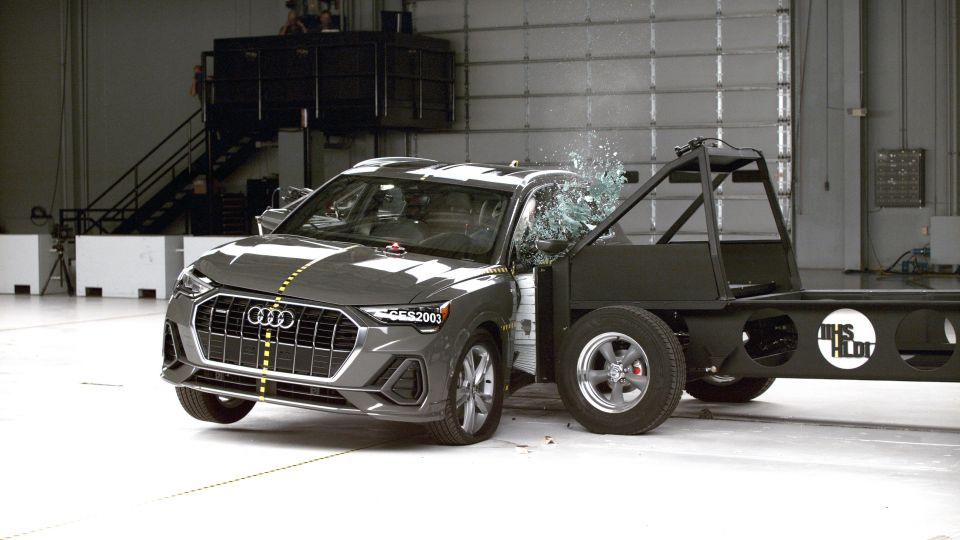
The dummy used in both seats represents a small woman or 12-year-old child.
“The new test reveals wide discrepancies in the degree of protection these small SUVs provide for the pelvis and the chest. Only five vehicles earn good or acceptable scores across the board for these injury measures,” said the IIHS crash report.
The vehicles that earned marginal or poor overall ratings in the new test generally struggled with both structural issues and high chest and pelvis injury measurements from both dummies.

To adapt, manufacturers will probably need to strengthen the horizontal door beams to reduce intrusion and adjust their torso- and pelvis-protecting airbags to provide more coverage and cushioning, says the institute.
“There’s no single reason why so many side crashes still result in fatalities, but these results provide a roadmap for specific improvements that can save lives,” Ms Mueller added.
A 2011 study of 10 years’ worth of crash data found that a driver of a vehicle with a good side rating was 70 percent less likely to die in a left-side (US driver side) crash than a driver of a vehicle with a poor rating.
| US-market SUV | New IIHS side impact rating | CurrentANCAP score (year) |
|---|---|---|
| Mazda CX-5 | Good | 5 star (2017) |
| Audi Q3 | Acceptable | 5 star (2018) |
| Honda CR-V | Acceptable | 5 star (2017) |
| Nissan Rogue/X-Trail | Acceptable | 5 star (2017) |
| Subaru Forester | Acceptable | 5 star (2019) |
| Toyota RAV4 | Acceptable | 5 star (2019) |
| Volvo XC40 | Acceptable | 5 star (2018) |
| Ford Escape | Marginal | 5 star (2019) |
| Hyundai Tucson (now previous-gen) | Marginal | 5 star (2015) |
| Jeep Compass | Marginal | 5 star (2017) |
| Kia Sportage (now previous-gen) | Marginal | 5 star (2016) |
| Honda HR-V | Poor | 5 star (2015) |
| Mitsubishi Eclipse Cross | Poor | 5 star (2017) |


Damion Smy
5 Days Ago
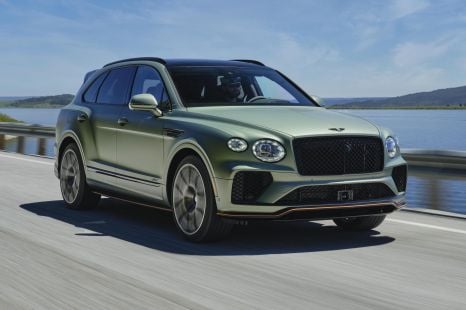

Paul Maric
5 Days Ago
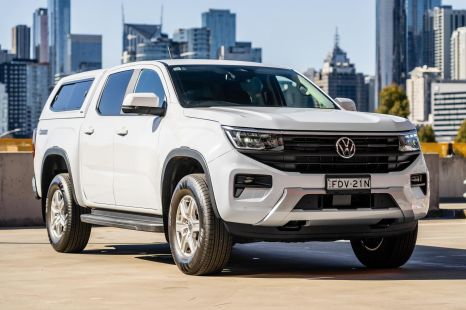

Max Davies
4 Days Ago
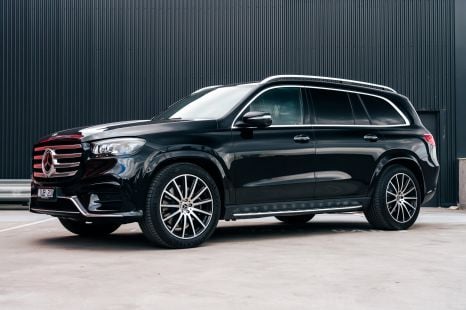

James Wong
3 Days Ago


Matt Campbell
2 Days Ago
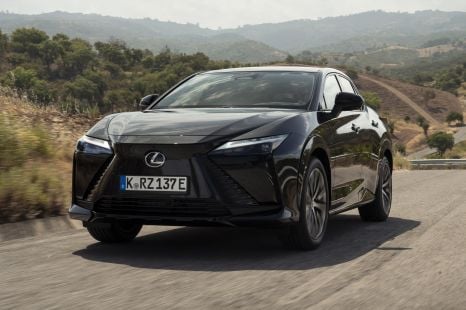

Matt Robinson
18 Hours Ago